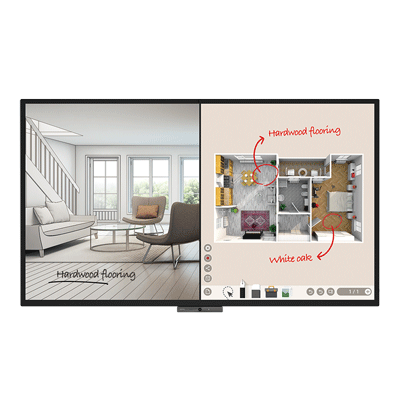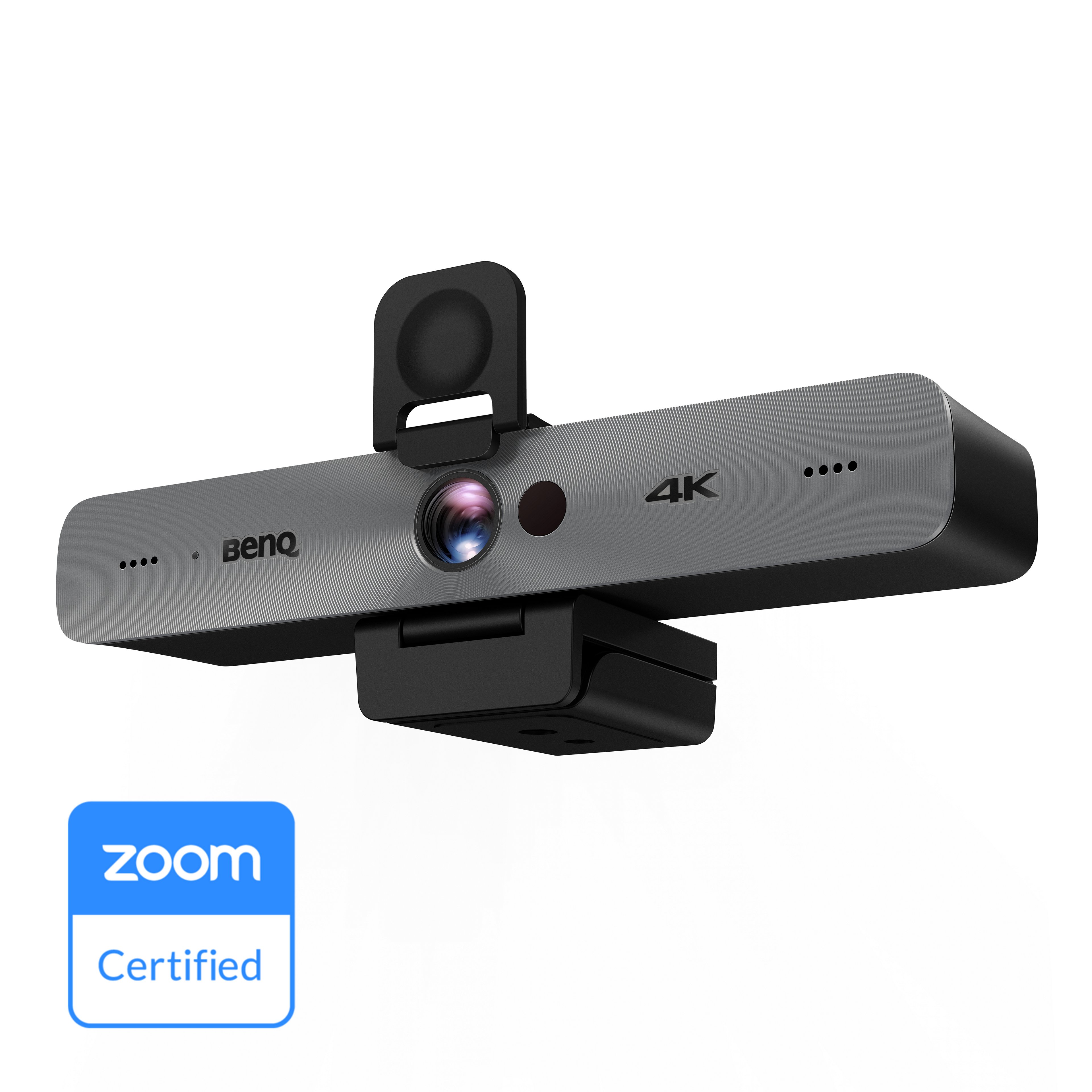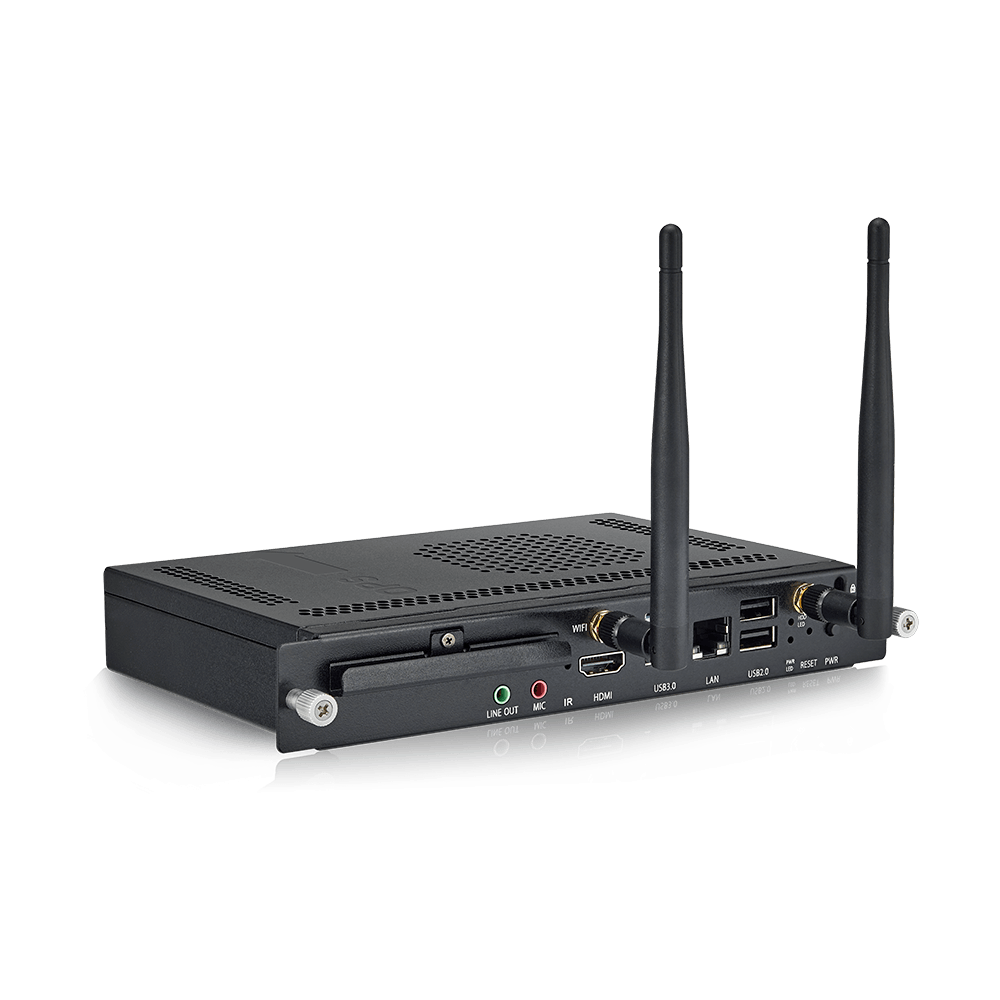Adopting Hybrid Meeting Technologies for Better Office Space Utilization
- BenQ
- 2021-12-01
Your workplace is due for a checkup.
With enterprises reopening around the world, now is the most opportune time to assess the current state of your office. What has the pandemic revealed about how you utilize it? How has working from home changed employee views on what an office should be?
Offices are not just structures designed to house workers for eight hours a day. Their main purpose should be to provide employees with safe, functional spaces equipped with all the tools they need to collaborate and produce quality work. Great office spaces are dynamic, alive, and continuously evolving—just like the people who use them. The question now is: Have your office spaces evolved with the times?
Trends show a steady move to hybrid work.1 Large companies have begun granting their employees more flexibility by allowing them to work from home either full-time or for a portion of the workweek.2 Since many leaders are aware that their employees do most of their solitary work at home, they’re allocating more office space for work activities that rely on social interaction, such as virtual and in-person meetings.3 M Moser Associates, a global workplace design company, notes that their more progressive clients are reducing the allotment for individual work stations; from 70% of the total office space, it’s down to 30%. Now, the 70% is reserved for team-based work. This is consistent with the ongoing trend of organizations downsizing their office spaces and converting zones previously reserved for employee cubicles to more collaborative meeting hubs.4,5
Current reality
Disruptions are now more common
Current factors that may stall operations:
Ongoing shift
Hybrid work is becoming a permanent option
The hybrid work setup leads to higher…
Resulting trends
Physical offices are getting smaller
Existing technologies are becoming inadequate6,7
Required changes
Streamline productivity and meeting technologies
As your own organization transitions to hybrid modes of work, it’s important to ask these three key questions:
Who? With more and more employees now opting to work from home, you will need to have a general idea of who will be stationed at the office full time. Since they will be utilizing the space more often, your upgrades have to be able to cater to their needs. What is their profile, and what kind activities will require them to use a meeting room, huddle area, or collaboration space?
How? Related to who will be using these spaces are the types of tasks they do. Will they mostly be utilizing these spaces for presentations? Face-to-face customer meetings? In-person interviews? Video calls? Brainstorming sessions? This will influence room sizes, floor layouts, and equipment needed.
What? Knowing how employees will use these spaces will give you a clearer idea of what technologies they’ll be using frequently. Take stock of the tools and devices in your meeting rooms. Are they still adequate to serve the needs of your employees? It’s not enough to check if these tools still work. They may be functional but insufficient. The more important consideration is whether or not these tools will still be able to serve their purpose in hybrid setups. A whiteboard, for example, is useful for people meeting in person, but for remote participants, written items may be difficult to see.
This assessment of the usefulness of existing meeting room technologies is in line with Gartner’s projections.8 Team collaboration tools—hardware and software designed for teamwork and interactivity, such as interactive displays and cloud whiteboards—have reached maturity in the Gartner hype cycle. This means that industries acknowledge them as vital enough to be fully adopted as part of their permanent work structure.
Evolution of meeting room technologies


Whiteboards and flip charts were the dominant tool for brainstorming sessions and presentations.

The emergence of laptops and projectors allowed workers to use digital media in meetings.

The rise of video conferencing and BYOD introduced VoIP systems, smartphones, and tablets to meetings.

The move to streamlined all-in-one solutions: video conferencing, cloud whiteboarding, and screen sharing
Over the years, we have seen equipment in meeting rooms evolve in order to adapt to the changing industry demands. Based on the current state of your meeting spaces, how adequate is your meeting room technology? If you’re seeking team collaboration solutions that will help advance your office, BenQ offers a suite of interactive displays as well as video conferencing and wireless screen sharing solutions that are able to meet your work needs. Contact a sales representative and see how BenQ can help transform your meeting spaces.
- Rosenbaum, E., “The latest numbers on how many workers will be returning to offices, and how often”, CNBC, https://www.cnbc.com/2021/07/08/how-many-workers-will-be-returning-to-offices-and-how-often.html, 8 July 2021, last accessed 23 July 2021.
- Gratton, L., “How to Do Hybrid Right”, Harvard Business Review, Vol. 99, Issue 3, May-June 2021, p. 66-74.
- Levere, J., “One Size Doesn’t Fit All: Employees’ Needs Are Changing Work Spaces”, The New York Times, https://www.nytimes.com/2021/10/19/business/work-spaces-design-employees.html, 19 October 2021, last accessed 25 October 2021.
- Thomas, L., “Covid changed how we think of offices. Now companies want their spaces to work as hard as they do”, CNBC, https://www.cnbc.com/2021/03/10/1-year-into-covid-employers-rethink-offices-and-function-matters-most.html, 10 March 2021, last accessed 23 July 2021.
- Rosenbaum, E., “The latest numbers on how many workers will be returning to offices, and how often”.
- Hecht, J., “How Technology Is Driving Change In Almost Every Major Industry”, Forbes, https://www.forbes.com/sites/jaredhecht/2018/11/30/how-technology-is-driving-change-in-almost-every-major-industry, 30 November 2018, last accessed 23 July 2021.
- Kleynhans, S., “Select the Right Technology for Modern Meeting Rooms”, Gartner, https://www.gartner.com/document/code/320123, 20 September 2018, last accessed 23 July 2021.
- Rimol, M., “6 Trends on the Gartner Hype Cycle for the Digital Workplace, 2020”, Gartner, https://www.gartner.com/smarterwithgartner/6-trends-on-the-gartner-hype-cycle-for-the-digital-workplace-2020/, 24 August 2020, last accessed 23 July 2021.
Further Reading
-
Trends & Knowledge
Keeping the Balance: The Inevitability of Hybrid Work and How Employers Can Extend Workplace Flexibility
As offices reopen, hybrid work may be the best middle ground for both employees and their employers. BenQ Corporate displays enable employers and employees to conduct hybrid work more efficiently.
2021.08.10 -
Trends & Knowledge
Shifting Spaces:The Borderless Boardroom
As companies adopt a more flexible, hybrid style of working, meeting participants are no longer confined to the physical walls of the boardroom. Teammates are now joining discussions via video conference. With the shift to video calls, interactive, hybrid boardrooms are the places equipped with smart devices which foster real-time coworking between office-based and remote peers. These include interactive displays with cloud whiteboarding and video conferencing setups.
2021.07.14 -
Trends & Knowledge
Shifting Spaces: Designing Workplaces for Operational Resilience
Remote work has become the pillar of flexibility. Increased flexibility in the workplace leads to operational resilience, employee productivity, talent acquisition, and reduction of attrition rate and overhead costs. With the trend of shifting spaces, we want to show how you can take advantage of technology to maximize room utilization by converting them into safe, multi-purpose workrooms suited for highly productive in-person collaboration and hybrid work.
2021.07.14 -
Trends & Knowledge
Shifting Spaces: The Modular Meeting Room
Research has shown that office environments have a direct impact on employee productivity. Companies that equip their employees with the necessary technology and tools and prioritize creating a culture of collaboration at work perform five times better compared to those that don’t.
2021.07.14




